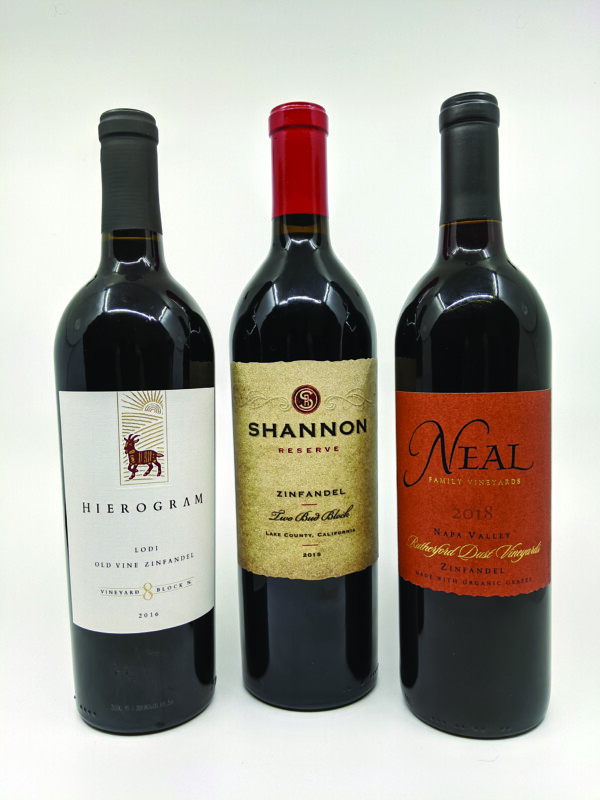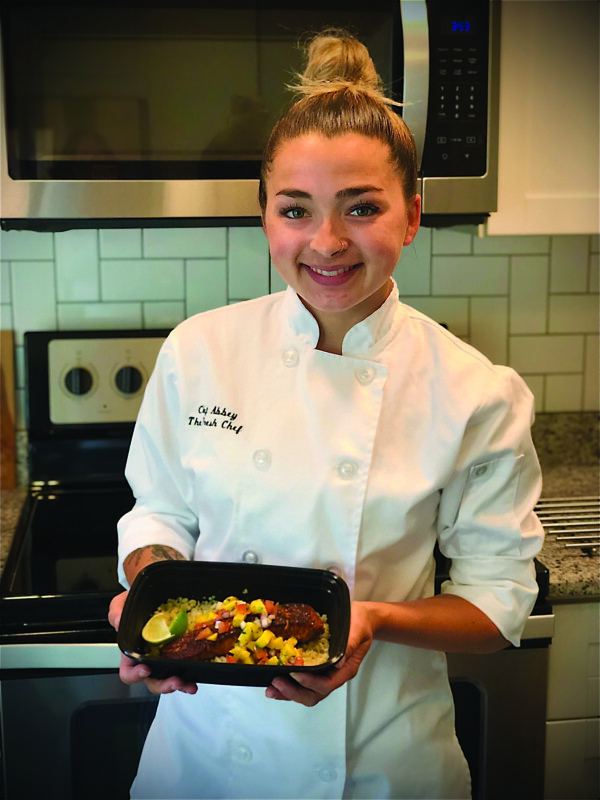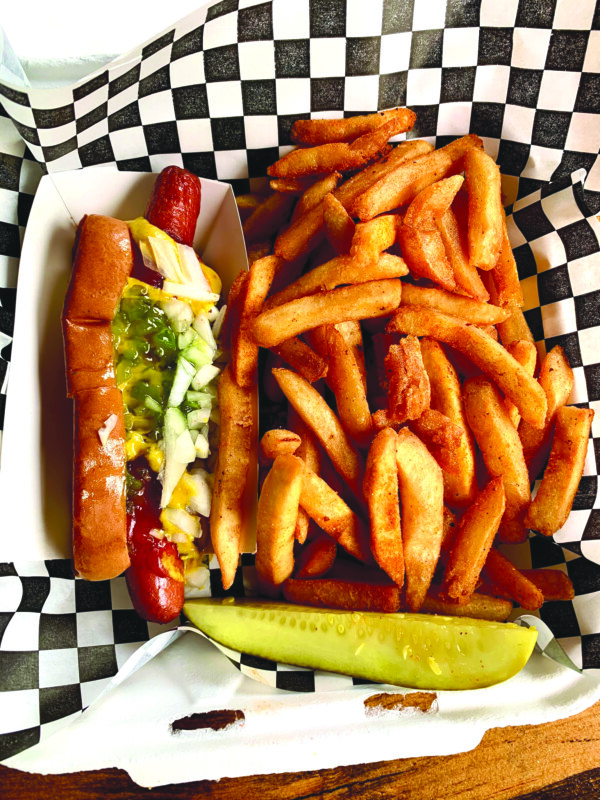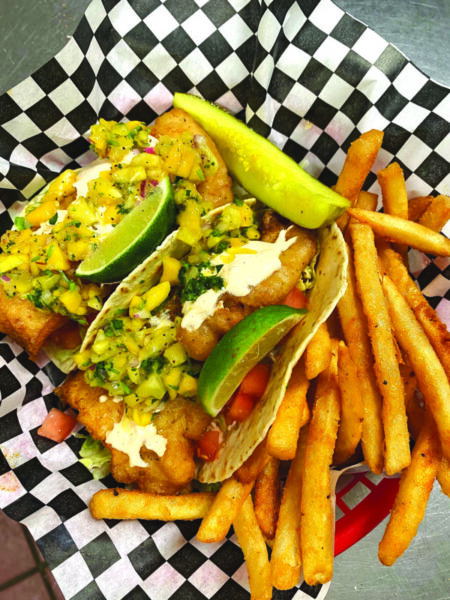Crying in H Mart, by Michelle Zauner (Alfred A. Knopf, 239 pages)
The first time that I, a southerner raised on white bread, meat loaf and McDonald’s, went to an H Mart, the traffic shocked me as much as the food offerings. In Burlington, Massachusetts, the closest H Mart to Manchester, you can hardly find a parking place any time of day.
For the uninitiated, H Mart is a supermarket that specializes in Korean food and products. Its name derives from a Korean phrase, han ah reum, which means an armload of groceries. And the store is stocked with things you don’t often come across at the Hannaford, such as frozen sliced octopus.
But I didn’t understand until reading Michelle Zauner’s powerful memoir why H Mart is always packed and rapidly expanding across the U.S., and it has little to do with the groceries and Korea’s famed beauty products. H Mart sells food, of course, but it taps into something deeper for Americans of Korean descent. As much as meat, produce and authentic ramen, H Mart sells a sense of home. Zauner reflects on this in her opening, as she describes people-watching at the H Mart food court, which typically offers sushi and Chinese and Korean food, fast-food style.
“It’s a beautiful, holy place. A cafeteria full of people from all over the world who have been displaced in a foreign country, each with a different history,” she writes. “Where did they come from and how far did they travel? Why are they all here?” They’re there to buy products that Trader Joe’s doesn’t carry, but ultimately for more. “I’m not just on the hunt for cuttlefish and three bunches of scallions for a buck; I’m searching for memories,” she says.
Zauner doesn’t travel far to the H Mart where she shops, near Philadelphia, and she grew up in Eugene, Oregon. But she cries at the H Mart because it reminds her of her mother, a Korean woman who married an American man, but took her daughter to visit relatives in Seoul every other year. Food, Zauner writes, was how her mother conveyed love; “I could always feel her affection radiating from the lunches she packed and the meals she prepared for me just the way I liked them.”
She was often harsh, yelling at her daughter if she got injured while playing, and once reacted to Zauner’s getting fired at a waitressing job by saying, “Well, Michelle, anyone can carry a tray.” By her teens Zauner had developed the adolescent revulsion to her mother’s touch, and the relationship further soured as her mother’s behavior bordered on full-blown abuse.
But when her mother developed Stage IV pancreatic cancer when Zauner was 25, she was devastated. The memoir is her account of a painful reckoning that they both endured during the mother’s treatment and final months of life, a cold and gritty look at the realities of hospital (“The house was quiet aside from her breathing, a horrible sucking like the last sputtering of a coffee pot”) and also the small moments of grace.
The memoir continues after the mother’s passing, as Zauner comes to fully understand her mother in ways she couldn’t while she was alive. It is taut and elegant, with no descent into melodrama: just a matter-of-fact but beautifully written elegy that explores the challenges of loving difficult people. But it is a deeply hopeful book, despite being centered around death. And don’t let the title fool you — while H Mart may appeal most to Koreans and other Americans of Asian descent, Zauner’s story is universal, as is the connection that she forges with her mother, both in life and in death, through food. To cope with her mother’s death, she starts seeing a therapist, but it wasn’t helping, so she starts cooking her mother’s Korean recipes, ultimately making so much that she had to start giving it to friends.
“The smell of vegetables fermenting in a fragrant bouquet of fish sauce, garlic, ginger and gochugaru radiated through my small Greenpoint kitchen, and I would think of how my mother always used to tell me never to fall in love with someone who doesn’t like kimchi. They’ll always smell it on you, seeping through your pores.”
Zauner did fall in love with someone who liked kimchi, a Korean side dish, and who married her during her mother’s treatment, so it wasn’t just cooking that helped her heal. There are other memoirs that make that claim; Zauner’s isn’t that simplistic. But hers is a surprisingly engrossing account of a mother and daughter’s struggle to love each other, and a crash course in a culture with which you might not be familiar. Familiarity with H Mart is not a prerequisite, but you’ll likely want to visit after reading this book. B+
Book Notes
Last week’s review of The Anthropocene Reviewed noted that the book’s genesis was the podcast of novelist John Green and his younger brother, Hank Green. This was interesting because podcasts are now a common form of book promotion, and so it’s becoming increasingly common for authors to start their own, after getting familiar with the medium.
I subscribe to two podcasts because I previously read books by the hosts: Rich Roll, the ultra-athlete who wrote Finding Ultra (Crown, 288 pages), and Tim Ferris, who wrote Tools of Titans (Houghton Mifflin Harcourt, 736 pages) and the four-hour-everything series.
Podcasts are a weirdly intimate form of conversation, even more than radio, since they’re not on public airwaves. They feel like it’s just you, the host and a guest, sitting around the kitchen table. As such, they can give you a connection with authors beyond what you get on the printed page. Here’s a look at podcasts by well-known authors.
“Dear Sugars” is an advice podcast by Cheryl Strayed, author of Wild (Vintage, 336 pages), and Steve Almond.
Stephen Dubner and Steve Levitt obtained literary fame with their 2005 book Freakonomics (William Morrow, 256 pages); their podcast is “Freakonomics Radio.”
Elizabeth Gilbert, most famous for Eat, Pray, Love (Riverhead, 352 pages), also wrote a book called Big Magic (Riverhead, 288 pages), which she’s parlayed into a podcast called “Magic Lessons.”
Roxane Gay, author of Hunger (Harper, 320 pages), Bad Feminist (Harper Perennial, 336 pages) and other books, has a podcast with Tressie McMillan Cottom, author of Thick, and Other Essays (The New Press, 224 pages). It’s called “Hear to Slay.”
Malcolm Gladwell, who wrote Outliers (Little, Brown & Co., 309 pages), Blink (Little, Brown & Co., 288 pages) and other bestselling nonfiction books, has a podcast called “Revisionist History.”
And don’t forget, there are plenty of podcasts about books, most notably NPR’s “The Book Show” with Joe Donahue and “The Great Books Podcast” from John J. Miller and National Review. Locally, Concord’s Gibson’s Bookstore produces “The Laydown” podcast, with new episodes released monthly.
Books
Author events
• TERRY FARISH Meet-and-greet with picture book and young adult author. Kingston Community Library, 2 Library Lane, Kingston. Thurs., July 8, 3:30 p.m. Registration required. Visit kingston-library.org.
• CHRISTINA BAKER KLINE Author presents The Exiles. Hosted by The Music Hall in Portsmouth. Tues., July 13, 7 p.m. Virtual. Tickets cost $5. Visit themusichall.org or call 436-2400.
• MEGAN MIRANDA Author presents Such a Quiet Place. Hosted by The Music Hall in Portsmouth. Tues., July 20, 7 p.m. Virtual. Tickets cost $5. Visit themusichall.org or call 436-2400.
• JOYCE MAYNARD Author presents Count the Ways. Toadstool Bookstore, 12 Depot Square, Peterborough. Sat., July 24, 11 a.m. Visit toadbooks.com or call 924-3543.
• GIGI GEORGES Author presents Downeast: Five Maine Girls and the Unseen Story of Rural America. Toadstool Bookstore, Somerset Plaza, 375 Amherst St., Route 101A, Nashua. Sat., July 24, 2 to 4 p.m. Visit toadbooks.com or call 673-1734.
• JESS KIMBALL Author presents My Pseudo-College Experience. Virtual event, hosted by Toadstool Bookstores, located in Nashua, Peterborough and Keene. Tues., July 27, 6 to 7 p.m. Visit toadbooks.com or call 673-1734.
• CATHLEEN ELLE Author presents Shattered Together. Virtual event, hosted by Toadstool Bookstores, located in Nashua, Peterborough and Keene. Thurs., July 29, 6 p.m. Visit toadbooks.com or call 673-1734.
Poetry
• DOWN CELLAR POETRY SALON Poetry event series presented by the Poetry Society of New Hampshire. Monthly. First Sunday. Visit poetrysocietynh.wordpress.com.
• SLAM FREE OR DIE Series of open mic nights for poets and spoken-word artists. Stark Tavern, 500 N. Commercial St., Manchester. Weekly. Thursday, doors open and sign-ups beginning at 7 p.m., open mic at 8 p.m. The series also features several poetry slams every month. Events are open to all ages. Cover charge of $3 to $5 at the door, which can be paid with cash or by Venmo. Visit facebook.com/slamfreeordie, e-mail slamfreeordie@gmail.com or call 858-3286.
Book Clubs
• BOOKERY Online. Monthly. Third Thursday, 6 p.m. Bookstore based in Manchester. Visit bookerymht.com/online-book-club or call 836-6600.
• GIBSON’S BOOKSTORE Online, via Zoom. Monthly. First Monday, 5:30 p.m. Bookstore based in Concord. Visit gibsonsbookstore.com/gibsons-book-club-2020-2021 or call 224-0562.
• TO SHARE BREWING CO. 720 Union St., Manchester. Monthly. Second Thursday, 6 p.m. RSVP required. Visit tosharebrewing.com or call 836-6947.
• GOFFSTOWN PUBLIC LIBRARY 2 High St., Goffstown. Monthly. Third Wednesday, 1:30 p.m. Call 497-2102, email elizabethw@goffstownlibrary.com or visit goffstownlibrary.com
• BELKNAP MILL Online. Monthly. Last Wednesday, 6 p.m. Based in Laconia. Email bookclub@belknapmill.org.
• NASHUA PUBLIC LIBRARY Online. Monthly. Second Friday, 3 p.m. Call 589-4611, email information@nashualibrary.org or visit nashualibrary.org.
Featured photo: Crying in H Mart.







